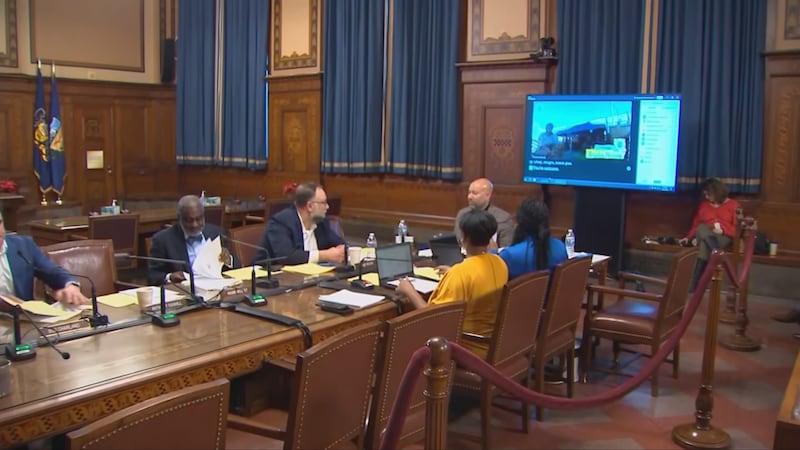PITTSBURGH — When a 10-year-old girl was kidnapped in Somerset County in 1999, sexually assaulted and released three hours later, police had a sketch of the suspect, a description of his car, a bag with DNA and a partial fingerprint to go on.
Trooper Jeff Brock was one of the first responding troopers. He worked the case for years, but came up empty.
Target 11 Investigator Rick Earle sat down with him exclusively last week to talk about the case.
"You know after 19 years, you just have to wonder is it ever going to happen," Brock said.
RELATED HEADLINES:
- Hearing postponed for accused child rapist arrested 20 years after crime
- DNA, fingerprint provided huge breaks in 20-year cold case, police say
- Man accused of kidnapping, rape in our area nearly 20 years ago arrested
In 2004, investigators got a break. They linked the DNA to two unsolved rapes in Hagerstown, Maryland. It would be more than a decade later until there was anything more. Last year, an FBI agent decided to check on the partial print. and discovered it hadn't been run since upgrades to the FBI fingerprint system. Brock remembers that call.
"She said, 'Are you sitting down'," Brock told Rick Earle. "I said, 'No, what's up?' and she says, 'We have a match on those prints.' I was just, it blew me away."
It led police to Timothy David Nelson of Cumberland, Maryland, now charged with kidnapping and rape. To find out how investigators cracked this after nearly 20 years, Target 11 traveled to the FBI's Biometrics Technology Center in Clarksburg, West Virginia.
Several years ago, the FBI overhauled the entire fingerprint system as part of the Next Generation Identification Program. To get a match, high quality prints from all 10 fingers were formerly required. Now, all they need is a single print.
"NGI does have an algorithm that's so refined, even a partial print identification can be made," said Greg Scarbro, the FBI Biometics Services chief. "It's really been impactful in our identification of cold cases."
That proved to be the key in the Somerset case, where all investigators had was a small portion of a fingerprint.
The computer algorithm finds the match now, but there are still 79 people in the room to confirm identifications.
"It's not just ridges, it's not just lines," said Amy Cutler, an FBI biometrics analyst. "This is a human being they're looking at, and they have to get it right every single time."
The EXCLUSIVE report continues tonight at 11pm with the Trooper who worked that cold case kidnapping of a 10-year old girl and how the victim led police to the evidence that ultimately led to a suspect. It’s an incredible story of persistence, teamwork and new technology#wpxi pic.twitter.com/3C8vnqzfS8
— Rick Earle (@WPXIRickEarle) February 25, 2019
With these new advances in fingerprint technology, the FBI is now urging law enforcement agencies to resubmit prints from cold cases.
"Smeared prints, prints that maybe didn't, weren't readable before may be readable now," FBI Agent Greg Nelsen said.
Brock spoke to us about what the arrest and this fingerprint technology means.
"It makes it all worthwhile, that you have been able to assist many people, bringing closure to them," Brock said. "That you know we got the bad guy."
Cox Media Group





